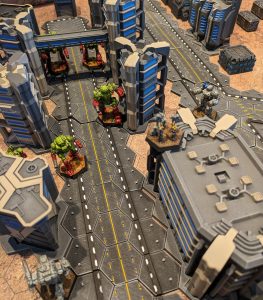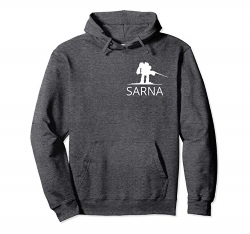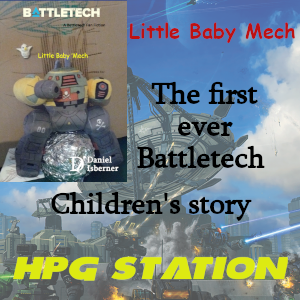Cockpit
Sarna News

- HEXTECH Review - Wave 3 Brings More Urban Options To Your Battlefield
- Your BattleTech News Round-Up For March, 2024
- Crashing 'Mechs With Jennifer Brozek, Author Of The Rogue Academy Trilogy
- Getting The Word Out With Rem Alternis, Catalyst Community & Marketing Director
- Bad 'Mechs - Yeoman
- Read more →
Overview[edit]
The Cockpit of a BattleMech is more akin to that of a fighter jet than a normal ground combat vehicle, requiring years of training to master. As each 'Mech manufacturer designs their own cockpit, there is no such thing as a standard cockpit, though many share the same basic structure and components. They also become a home away from home for the MechWarrior, especially on extended campaigns.[1][2]
In combination with their Neurohelmet, the MechWarrior pilots their 'Mech through use of the hand and foot controls. Typically there will be main targeting control stick and a throttle stick, sometimes with a second weapon control stick, and a pair of steering pedals. Depending on the 'Mech, the control sticks and pedals can tilt and twist to provide additional movement input, including when using jump jets. Fine-tuned movements, such as delicately picking up a person, are handled through the use of the neurohelmet and DI computer. Additional controls and information are displayed on physical monitors located around the cockpit. In some cockpits these displays are multifunctional with programmable controls, while others may be fixed with single-function switches; debate over which method is superior raged well into the thirty-first century. Most cockpits also incorporate speech recognition and can be programmed to provide verbal or sound cues.[2]
Most 'Mech cockpits are completely enclosed, with the pilot observing the outside world through their viewscreen rather than vulnerable openings.[3] Some 'Mechs though, particularly older models, do have viewports protected by transparent material to allow an unobstructed view, much like an aircraft's canopy. Such material is always polarized to protect the pilot's eyesight from potentially damaging laser blasts and other impairments.[4]
BattleMech cockpit life support systems can generally allow a MechWarrior to fight in even the most inhospitable atmospheres. With the cockpit sealed and pressurized, there exists enough oxygen to last anywhere from a few hours to a few days. The system is also able to draw in oxygen from the outside environment through a filtration system for as long as the fusion engine is operational, though certain chemical and biological agents can bypass this defense. A foldout commode handles any human waste, which is then typically incinerated via microwaves or other means, and storage lockers can hold several days' worth of food rations, water and other gear. Some roomier cockpits can handle more luxurious amenities, such as a microwave oven and refrigerator, or have enough space to carry a passenger.[2]
The greatest issue facing a MechWarrior in their cockpit however is overheating. Even with advanced climate control, a 'Mech running hot can quickly turn its cockpit into a virtual sauna; if the life support fails, it can even kill the pilot. Cooling Suits were once the answer to this problem, but after they became lostech MechWarriors were forced to rely on Cooling Vests...and wearing as little clothing as possible.[2]
Other features common to 'Mech cockpits include:[1][2]
- Medical Kit - This includes a standard Medipack.
- Communications System - Includes IFF (Identification Friend or Foe) Transponder
- BattleROM - The BattleTech equivalent of the real-world "Black Box" and "Event Data Recorder" devices installed on many vehicles, the BattleROM records and stores hundreds of hours of all sensor data from a 'Mech, from its internal and external sensors and communications.
- Ejection Seat - Sometimes includes a second seat for the passenger
Variants[edit]
- Clan
- Cockpits used by Clan OmniMechs and BattleMechs are more compact and spartan than found in the Inner Sphere, built for quick, decisive battles rather than long campaigns. This includes a lack of many amenities found in Inner Sphere cockpits, such as a toilet.
- Full Head Ejection System
- Similar to a standard IS cockpit, but instead of an ejection seat for the pilot the entire head detaches from the body and blasts away
- Cockpit Command Console
- Includes a second command couch for a passenger capable of taking over for the pilot but otherwise dedicated to commanding large troop formations
- Dual Cockpit
- An uncommon variant, this also includes a second command couch but instead splits piloting and gunnery of the 'Mech between the two operators
BattleMech Cockpit Views[edit]
Below are images from the inside of a Grand Titan cockpit:
Sao-wei Tzu-Chien Hao shaves in the cockpit of his Vindicator





